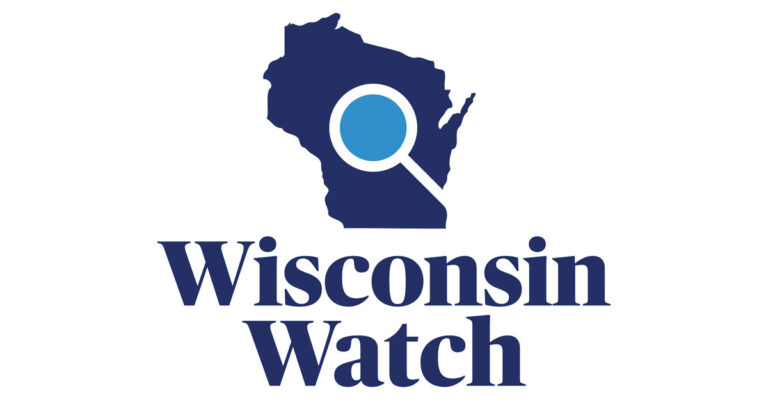Weekly Fiscal Facts are provided to Wisconsin Newspaper Association members by the Wisconsin Policy Forum, the state’s leading resource for nonpartisan state and local government research and civic education. The Wisconsin Policy Forum logo can be downloaded here.
The community school model, emphasizing links between schools and the communities they serve, has rapidly expanded in Wisconsin.
A recent Wisconsin Policy Forum analysis of community schools’ performance during the pandemic gave an inconclusive picture, and more research is needed.
The community school model seeks to address barriers to student learning by emphasizing coordinated school-based and community supports. It is often implemented in schools eligible for the federal Title I school-wide program, or schools in which 40% or more of students are economically disadvantaged.
The community school concept is not new, but there has been a recent resurgence of interest in light of research suggesting it can generate long-term positive benefits in high-poverty schools if supported and implemented effectively.
In Wisconsin, we have identified 34 community schools currently operating in Milwaukee, Madison, Racine, Sun Prairie, Green Bay, Appleton, La Crosse, and Oshkosh. For our analysis, we focused on traditional district public schools and specifically the 22 community schools contained within some of the state’s largest school districts – Milwaukee Public Schools, Madison Metropolitan School District, Racine Unified School District, and Sun Prairie Area School District.
Findings must be considered alongside myriad caveats including the small sample size of community schools, the pandemic’s effects on the schools and students and the data tracking them, potential differences between the populations served by community schools and other schools, and variation in the implementation of the model.
In general, reported chronic absenteeism rates in community schools examined in our research rose during the 2020-21 school year more than in their respective districts. These increases could be due to any number of factors, including COVID quarantines, a decline in online engagement in classes that remained virtual, absenteeism interventions interrupted by the pandemic, and potentially greater challenges faced by students in community schools.
Overall, the Milwaukee Public Schools overall graduation rate decreased by 4 percentage points in 2020-21. Three out of five Milwaukee community high schools examined in this analysis bucked this trend by increasing their graduation rates, while two saw losses greater than the district’s average.
These and other snapshots of the community school experience during the pandemic highlighted in our analysis offer a mixed picture. As community schools and their students recover from COVID-19, they may benefit from further examination of their rates of chronic absenteeism, K4 enrollment, graduation, and FAFSA completion over time.
This information is provided to Wisconsin Newspaper Association members as a service of the Wisconsin Policy Forum, the state’s leading resource for nonpartisan state and local government research and civic education. Learn more at wispolicyforum.org.



